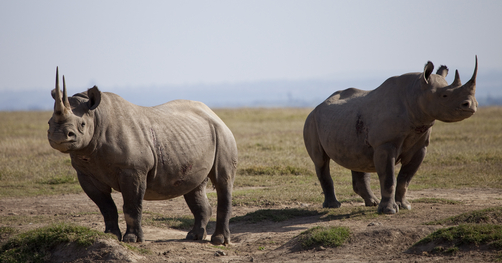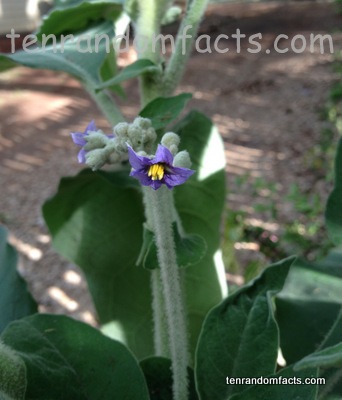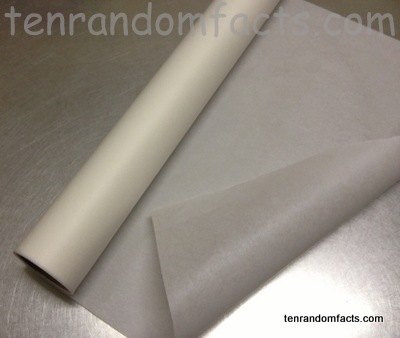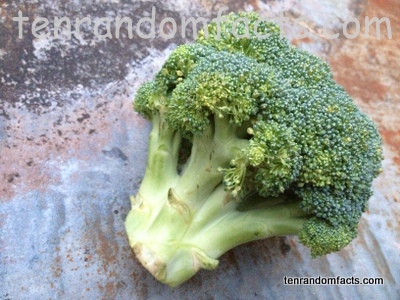
You cannot ride the Wave!
- The Wave is a natural rock formation made of eroded sandstone, with the formation reaching 1,593 metres (5,275 feet) above sea level.
- The Wave can be found on the borders of Arizona and Utah, in the United States, found in the Paria Canyon-Vermillion Cliffs Wilderness in the Coyote Buttes area.
- The Wave is sloped ditches and ‘waves’ of sandstone.
- The Wave has edges that break easily when a person steps on them so care must be taken to avoid damage to the rock edges.
- The Wave is one of the most popular destinations of hikers and photographers, with the best photos at dawn, dusk and noon.

A Wave
Image courtesy of Frank Kovalcheck/Flickr
- The Wave has patterned lines of colours ranging from red, orange, yellow, pink, green and white.
- Only 20 permits for entry to the Wave are given out for each day, with the receivers being decided by lottery.
- After storms, the road to the Wave can become impassable, and puddles of water gather in the wave, attracting numerous tadpoles and fairy shrimps.
- Erosion of the Wave has caused interesting structures, with some that appear to be castles or chutes.
- The Wave can be a fatal hike without proper equipment, particularly a GPS and sometimes a tour guide.
Bibliography:
The Wave – Coyote Buttes, 2013, Utah.com, <http://www.utah.com/playgrounds/the_wave.htm>
The Wave, Arizona, 2013, Wikipedia, <http://en.wikipedia.org/wiki/The_Wave,_Arizona>






















